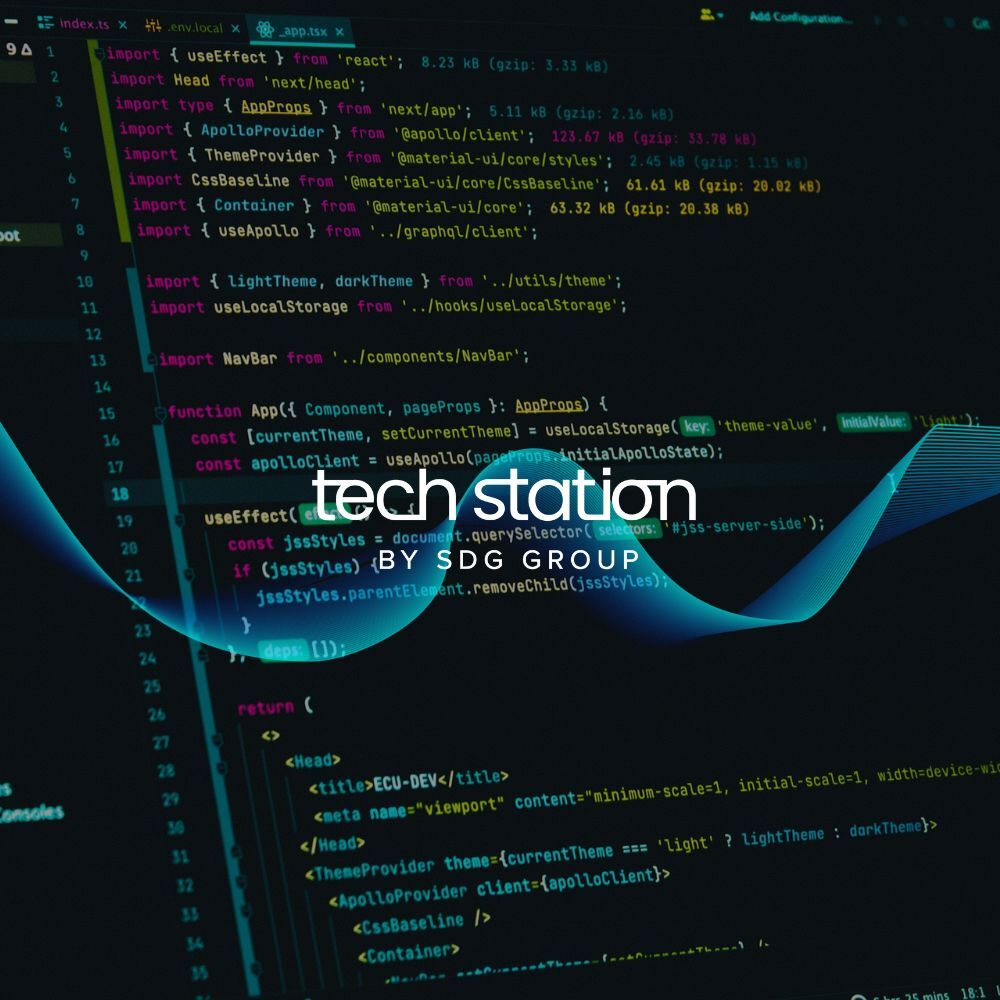It’s apparent that there is an increased focus on the value of data and the need to become a data-driven organization. Leading organizations are increasing their investments in data technology every year, resulting in major global developments and innovation. In order to stay relevant going forward, we’ve identified 9 Data & Analytics Trends that cannot be ignored in 2019 and beyond.
Our Top 9 Data & Analytics Trends for 2019 are categorized by Given Trends, Trends on the Rise and Slow Shift Trends. It is important to understand that there is an interdependence between these 3 categories. The Given Trends are the foundation, and they have to be established to support the Trends on the Rise, which will help you to ultimately achieve the Slow Shift Trends.
GIVEN TRENDS
1.) Data Governance is a Must, and Not Just for Analytics
A strong Data Governance model needs to be the core for analytics success and to ensure all other processes run on the right data.
2.) Expanded Insights through Augmented Intelligence
Augmented Intelligence should be used to speed up the decision-making path and to empower all users to understand their data, and to use it to uncover opportunities for their organization. This year, Machine Learning, Virtual Assistants and Natural Language Processing are transforming how analytics are developed and shared.
3.) Servware: Domain Solutions as a Service
Analytics services are converging with software in the form of customizable assets containing business domain content and analytics expertise. A great example of Servware in action is our Eagle Pharma CRM® solution.
4.) Data Culture Matters
Data is the new language, and companies must cultivate a multilingual data-driven culture to create a data literate workforce.
TRENDS ON THE RISE
5.) Big Data is Just Data, but a Modernization of the Data Framework is Needed
Whether we call it “big” or not, data is huge and it is still growing. Legacy systems, architectures and processes will not continue to be sufficient enough for the performance and governance requirements of today’s business
6.) Continuous Intelligence: Real-time Analytics with Business Operations
Continuous Intelligence is a style of work in which real-time analytics are integrated within business operations, processing current and historical data to prescribe actions in response to business moments and other events. It is being applied to support the growing number of smart devices and to turn IoT data into better business decisions.
7.) Empowered Edge: Executing Analytics in the Distributed Services
Collecting IoT data from sensors and bringing it into one central computing station is no longer scalable or efficient enough for the requirements of today’s business. With so many devices producing data, a traditional approach to analytics will not work, but there is a solution – execute analytics in distributed servers on-premises and on the edge devices themselves.
SLOW SHIFT TRENDS:
8.) Immersive Analytics: A Shift Into a Multi-Channel Experience
Immersive experiences are being applied to analytics and they are creating transparency between people, data and things. Organizations are adopting an Immersive Analytics approach by utilizing Augmented Reality (AR), Virtual Reality (VR) and Mixed Reality (MR) to provide users with unique, engaging and meaningful analytics experiences.
9.) Infonomics: Data as an Asset
Infonomics is the emerging discipline of measuring, managing and monetizing data as a business asset. Recently, there has been a surge of companies that are changing history by transacting with data and creating new business models.
In today’s world, every business needs to be a digital business with the goal of making data-driven decisions. The future landscape will belong to the visionaries, and those who can stay ahead of the curve.
Now is the time to get started with the Top 9 Data & Analytics Trends for 2019.
.png?width=2000&name=SDG%20-%20Logo%20White%20(1).png)







%20(3).png)
.jpg)
.jpg)





%20(2).png)



